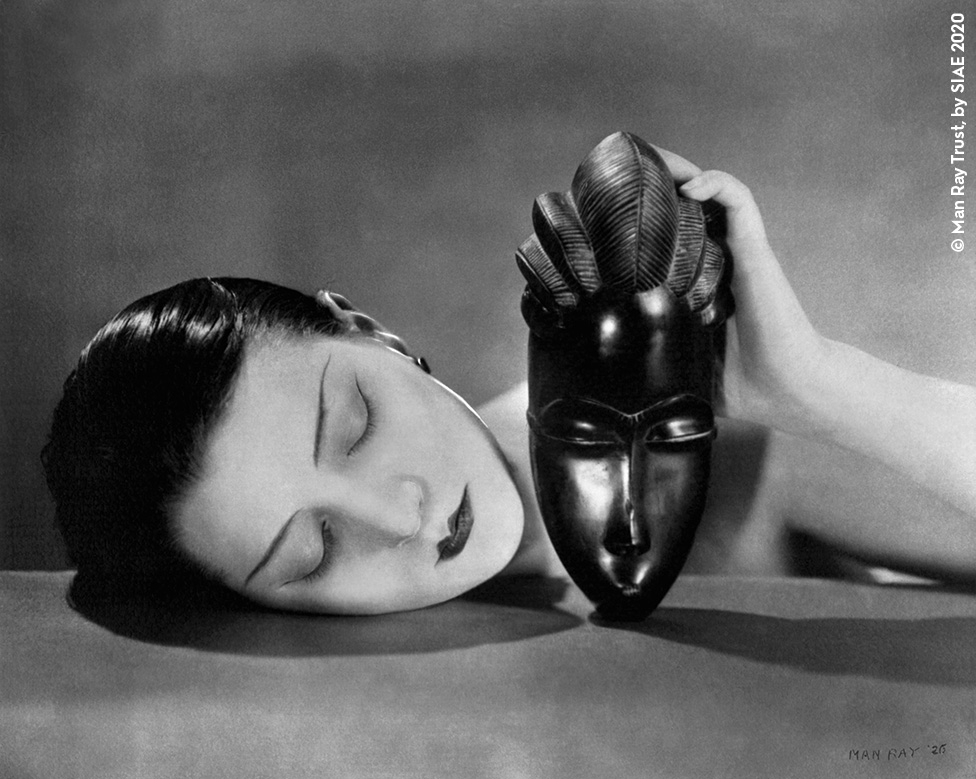Beyond the Border: Signs of Passages across European Borders
DOI:
https://doi.org/10.6092/issn.2035-7141/13871Keywords:
Borderscape, Border, Photography, Migrants, Linguistic SignAbstract
Looking at borders and border zones in relation to migration phenomena is a topical issue, from different disciplinary perspectives. In the last thirty years borders, not only in Europe, have increased and have been consolidated. Following the so-called “migration crises”, border control mechanisms, as well as their “spectacularisation” (De Genova 2017), have also been strengthened. This has had the effect of accentuating not only the “illegalization” process of people who – with no valid papers to show – have tried and are trying to cross borders, but also the anxiogenic narrative around borders, for the use of a metaphors evoking “invasions”, “assaults”, “clashes”. This hyper-visualization of conflict and threat at borders has also marginalized other possible conceptualizations and narratives of borders, such as the invisibility of “unspeakable” borders (for example, externalised borders) and on the other hand the multiple human and social dynamics materializing at borders, and in border areas, starting from the (multi)linguistic ones. As a result of a field work which started in 2017 (and which is still in progress), this research is investigating – also through photography – the linguistic signs experienced and produced by the various social actors that interact and face each other at borders and in border zones across Europe. A methodological attempt was thus made to carry a sociolinguistic analysis of the borderscape: an analysis that shows its whole potential when confronted with the multi-layered complexity of the different codes at stake and their uses.
Downloads
Published
How to Cite
Issue
Section
License
Copyright (c) 2021 Federico Faloppa

This work is licensed under a Creative Commons Attribution-ShareAlike 4.0 International License.





